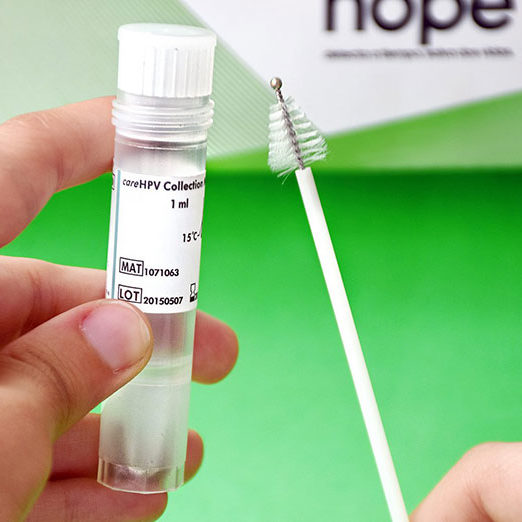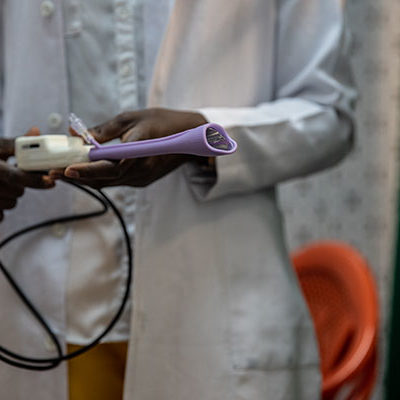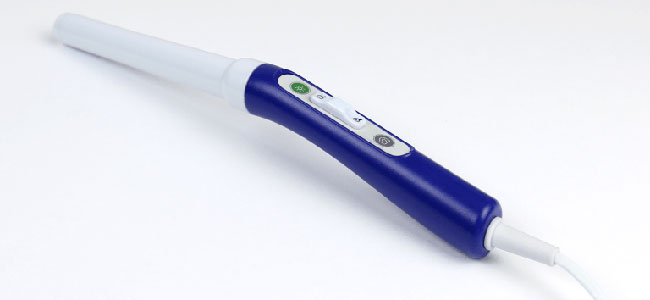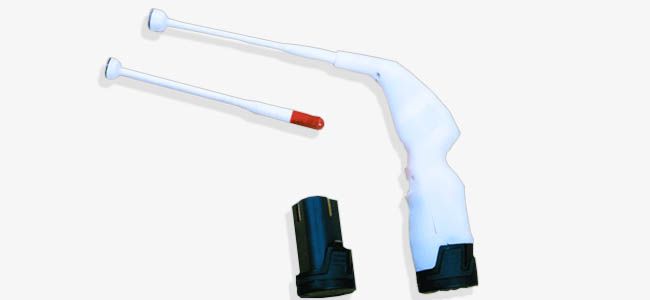Problem
Cervical cancer is a completely preventable disease that affects over a half million new women each year, half of which will lead to death.
Solution
Our women-inspired strategies for health (WISH) place the woman, not hospitals, at the center of the solution. Our model disrupts the status quo through new technologies, community-based healthcare, and peer-to-peer empowerment.
Programs
Our programs empower women to lead the revolution against cervical cancer, radiating change from within herself then to her family and community, inspiring a groundswell of lasting impact for future generations.



